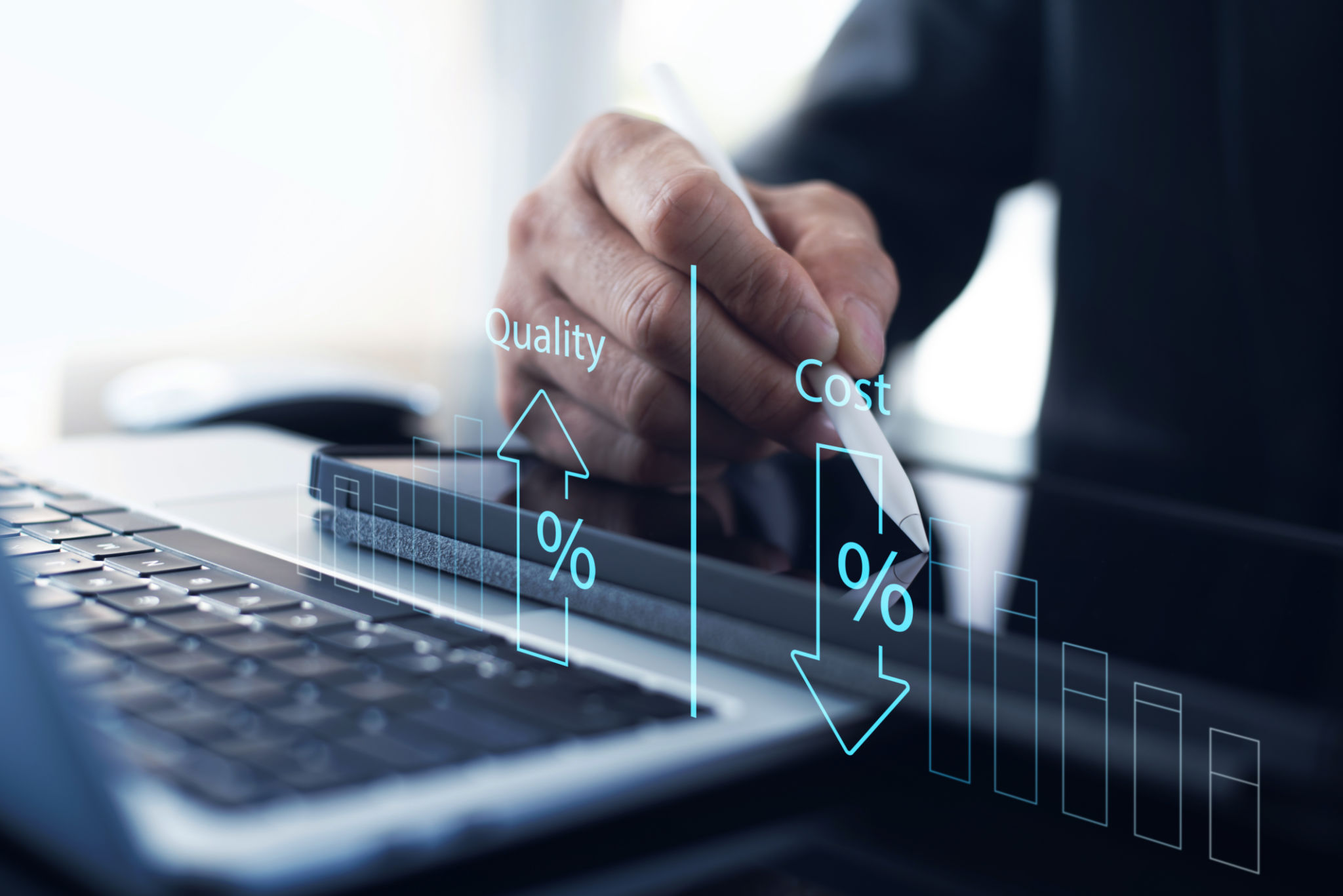Rapid Prototyping with 3D Printing: A Comprehensive Guide for Startups
Introduction to Rapid Prototyping with 3D Printing
In the fast-paced world of startups, the ability to rapidly develop and iterate on product designs can be a critical factor in success. Rapid prototyping with 3D printing offers a solution that can significantly reduce time and costs in the product development cycle. By allowing entrepreneurs to quickly create physical models of their ideas, this technology is revolutionizing how startups bring products to market.
3D printing, also known as additive manufacturing, involves creating objects by adding material layer by layer. This method contrasts with traditional manufacturing techniques, which often involve subtracting material through cutting or drilling. The flexibility of 3D printing makes it a powerful tool for prototyping, allowing for complex geometries and customized designs.

Benefits of Rapid Prototyping for Startups
One of the primary advantages of rapid prototyping is the speed at which concepts can be transformed into tangible models. This accelerated process enables startups to test and refine their ideas much faster than they could with traditional manufacturing methods. Additionally, 3D printing allows for the production of multiple iterations within a short period, facilitating an iterative design process.
Cost-efficiency is another significant benefit. Traditional prototyping methods often involve high expenses due to tooling and setup costs. In contrast, 3D printing eliminates the need for specialized tools, reducing overall costs. This affordability means startups can allocate resources more effectively, investing in other critical areas such as marketing and research.

Steps in the Rapid Prototyping Process
The rapid prototyping process with 3D printing typically follows several key steps:
- Conceptualization: Begin by defining the product's requirements and functionality.
- Design: Use CAD software to create a digital model of the product.
- Printing: Convert the digital model into a physical prototype using a 3D printer.
- Evaluation: Assess the prototype to identify areas for improvement.
- Iteration: Make necessary adjustments and repeat the process as needed.
Choosing the Right 3D Printer
Selecting the appropriate 3D printer is crucial for effective prototyping. Startups should consider factors such as material compatibility, print resolution, speed, and cost. There are various types of 3D printers available, each suited to different applications. For instance, FDM printers are ideal for basic prototyping, while SLA printers offer higher precision for more detailed models.

Common Challenges and Solutions
While 3D printing offers numerous advantages, startups may encounter challenges such as limited material options or technical skill requirements. Investing in proper training or partnering with experienced professionals can help overcome these obstacles. Additionally, staying updated with technological advancements can open up new possibilities and improve prototyping efficiency.
Another common challenge is maintaining quality control throughout the prototyping process. To address this, startups should implement thorough testing and validation procedures to ensure that each prototype meets design specifications and performance criteria.

The Future of Rapid Prototyping in Startups
The future of rapid prototyping in startups looks promising as 3D printing technology continues to evolve. Emerging trends such as multi-material printing and improved speed are set to further enhance the capabilities of rapid prototyping. As these advancements make the technology more accessible and versatile, more startups will likely adopt 3D printing as a standard part of their product development processes.
Moreover, as sustainability becomes increasingly important, startups may also benefit from innovations in eco-friendly materials and processes. This shift could help reduce environmental impact while still providing the rapid prototyping benefits that are vital to startup success.
Conclusion
In conclusion, rapid prototyping with 3D printing is an invaluable asset for startups seeking to innovate quickly and efficiently. By embracing this technology, entrepreneurs can streamline their product development cycles, reduce costs, and ultimately gain a competitive edge in their respective markets. As technology continues to advance, the potential for rapid prototyping will only grow, offering even more opportunities for startups around the world.